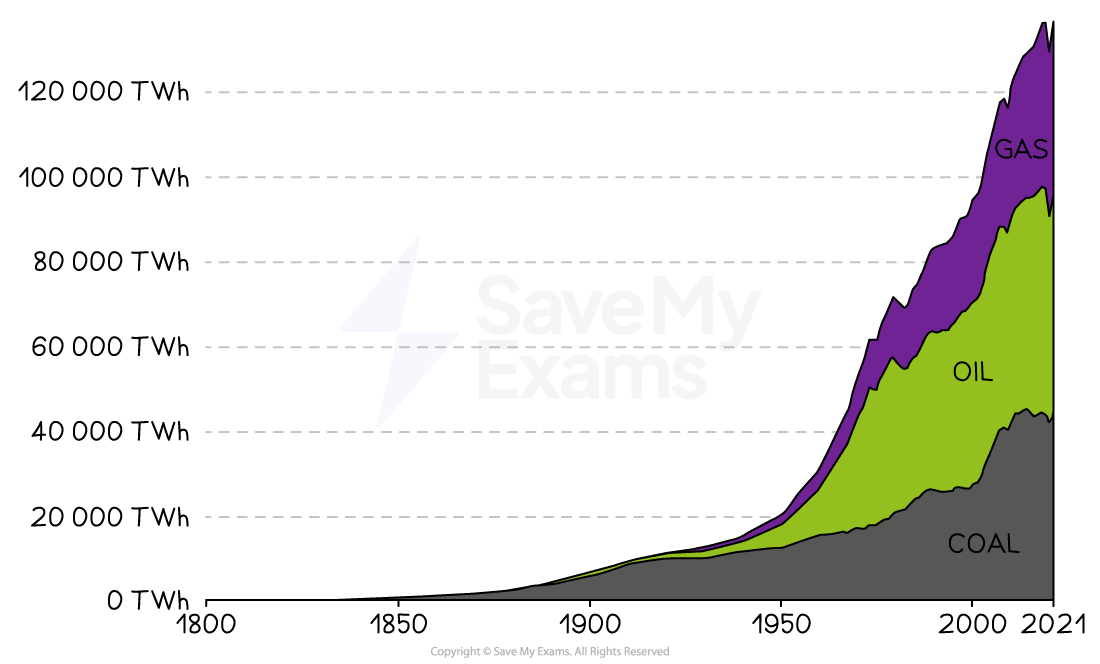Atmospheric Carbon & the Greenhouse Effect
Human Interference
- A balanced carbon cycle is vital in sustaining other systems on earth
- The carbon cycle plays an important role in regulating global temperatures and climate by controlling the amount of carbon dioxide in the atmosphere which in turn affects the hydrological cycle
The Greenhouse Effect
- The natural greenhouse effect is influenced by the concentration of atmospheric carbon (carbon dioxide and methane)
- The Earth’s climate is driven by incoming shortwave solar radiation
- Around 31% is reflected by clouds, aerosols and gases in the atmosphere and by the land surface
- The remaining 69% is absorbed with half being absorbed at the surface (e.g., oceans) and the other half is re-radiated into space as long-wave radiation
- However, much of this long-wave radiation is deflected back to the Earth’s surface by clouds and greenhouse gases
- This ‘trapping’ of long-wave radiation creates the natural greenhouse effect allowing life to be supported on Earth
- If the amount of carbon dioxide and methane increases then more long-wave radiation will be trapped causing global temperatures to rise

The Greenhouse Effect
Exam Tip
It is important to remember that the natural greenhouse effect is essential in maintaining the temperature of the Earth as a result supporting life on the planet.




